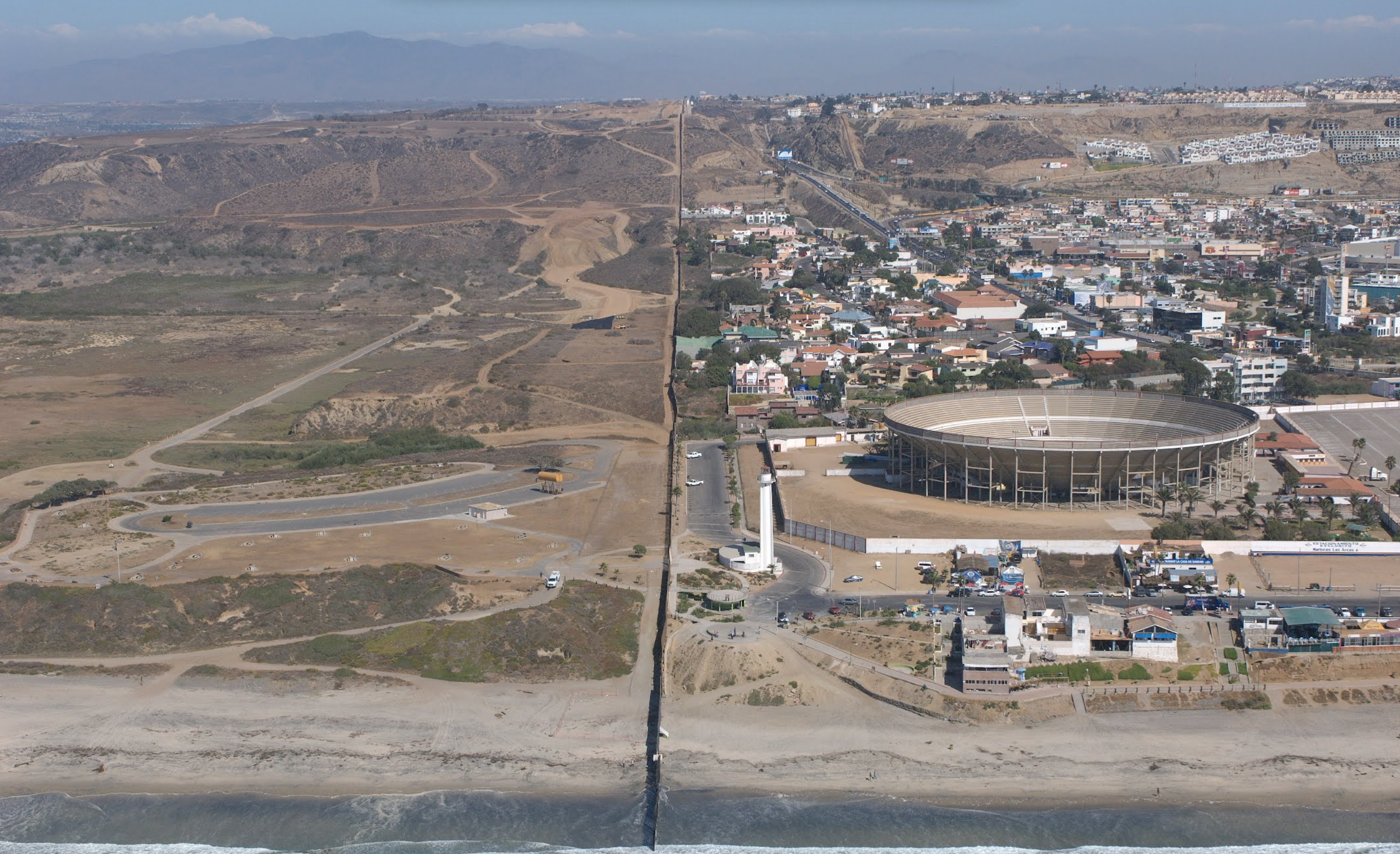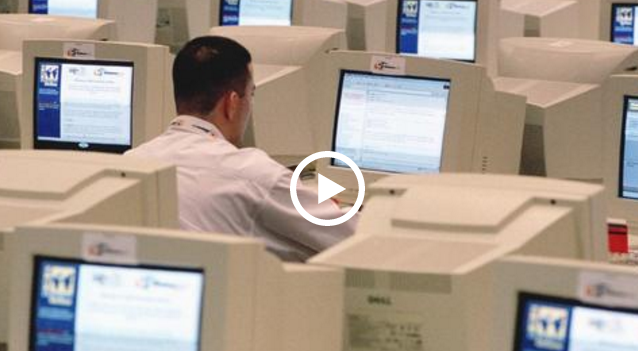Article from New York Times
The missile North Korea launched on Sunday was a medium-range ballistic missile that cannot fly far enough to strike American military bases in Guam, South Korean defense officials said on Monday.
But the test of the ground-to-ground Pukguksong-2 missile appeared to have provided North Korea with meaningful data that it could use to advance its missile programs, they said.
The Pukguksong-2, first tested on Feb. 12, already represents key strides in the North’s missile technologies. The missile was fired on Sunday from a mobile launch vehicle. And unlike most North Korean missiles, it used solid fuel, rather than liquid. These features mean that the missile can have its fuel already loaded before it is moved from a hiding place to a launching site and can be fired quickly, making it difficult for the North’s enemies to detect an attack.
After watching the test on Sunday, North Korea’s leader, Kim Jong-un, approved the deployment of the Pukguksong-2, ordering his country to start mass-producing the system, the North’s official Korean Central News Agency reported on Monday.
But it remained unclear how far the missile could fly. North Korea calls it a “mid-to-long-range” ballistic missile. But during the test on Sunday, the missile flew 310 miles while reaching an altitude of 348 miles, according to South Korean officials. Flown on a standard trajectory, the same missile carrying a similar payload would have a range of about 780 miles, according to David Wright, co-director of the Global Security Program at the Union of Concerned Scientists.
“If this test were conducted with a very light payload, as North Korea is believed to have done in past tests, the actual range with a warhead could be significantly shorter,” Mr. Wright wrote in a blog.
During a news briefing on Monday, a spokesman for the South Korean military, Col. Roh Jae-cheon, said that the Pukguksong-2 was believed to be a medium-range missile. Medium-range missiles are classified as having a maximum range of between about 620 and 1,900 miles.
“Based upon the analysis of related authorities, the missile cannot reach” Guam, he said. Guam lies about 2,000 miles from North Korea.
The American military bases in Guam would serve as a major launching pad for United States reinforcements should war break out on the Korean Peninsula.
For years, North Korea has been trying to build a reliable intermediate-range ballistic missile that can reach Guam, also home to American strategic bombers. An intermediate-range ballistic missile has a range of about 1,900 to 3,400 miles.
But North Korea has had a dismal record in testing its intermediate-range ballistic missile Musudan. All but one of the several Musudan projectiles launched since last year have exploded shortly after liftoff.
But on May 14, North Korea successfully launched a new intermediate-range ballistic missile that it said could carry a heavy nuclear warhead.
The missile, known as Hwasong-12, was believed to have a range long enough to hit Guam. But the Hwasong-12 used liquid fuel and was launched from a ground station. Large liquid-fuel missiles must be moved without fuel and then fueled from a separate source after they are positioned at the launch site — a process that can take more than an hour and makes the missile vulnerable to a pre-emptive attack.
But no matter the true range of the Pukguksong-2, North Korea has gained useful information from its latest test, South Korean officials said.
The North’s official Korean Central News Agency said on Monday that the latest test was to “finally verify all the technical indexes of the weapon system and thoroughly examine its adaptability under various battle conditions, before its deployment at military units for action.”
South Korean defense officials have said that one of the things they try to do when North Korea launches a missile is to monitor electronic signals sent from the missile to determine what technical data the North is gathering from the test. On Monday, the North’s main Workers’ Party newspaper, Rodong Sinmun, released pictures that it said were sent from a camera attached to the warhead of the Pukguksong-2. The images showed the Earth lying a great distance below.
North Korea said that such photographs helped missile scientists check the warhead’s positioning and steering functions after it separated from the missile.
North Korea’s advancing missile technology is a growing concern for Washington. Besides developing missiles that can hit American military targets in South Korea and Japan, Pyongyang has said that it is trying to build an intercontinental ballistic missile that could deliver a nuclear warhead to the continental United States.
The Pukguksong-2 could be a key steppingstone toward building an ICBM, said Kim Dong-yub, a defense analyst at the Institute for Far Eastern Studies at Kyungnam University in Seoul. By combining two or more engines of the type used on the Pukguksong-2, the North could create an engine powerful enough to carry an ICBM, he said.
But most analysts say that North Korea is still years away from building a reliable ICBM. One of the challenges is to master “re-entry” technologies that can protect a nuclear warhead from intense heat and vibrations as it crashes through the Earth’s atmosphere. An ICBM warhead must endure far greater heat than a shorter-range ballistic missile like the Pukguksong-2.
“South Korean and United States intelligence authorities believe that through yesterday’s test, North Korea has collected data meaningful in improving the reliability of its missile technologies,” Colonel Roh said on Monday. “But we need more analysis to determine whether the warhead had a stable atmospheric re-entry.”
Separately,Rodong Sinmun, the North Korean paper, carried a commentary on Monday dismissing as “absurd” and “childish” the allegations that the country’s hackers might be involved in a recent wave of ransomware cyberattacks around the world.
While there is still nothing definitive to link the attacks to North Korea, some analysts have suspected North Korean involvement, citing similarities between the ransomware used to extort computer users into paying the hackers and previously deployed North Korean malware codes.











































